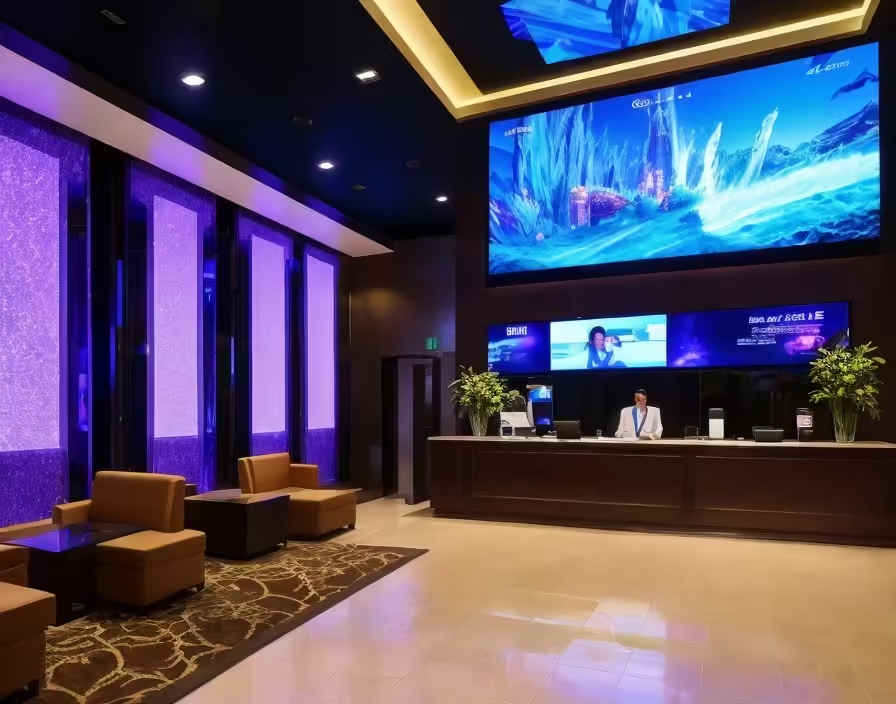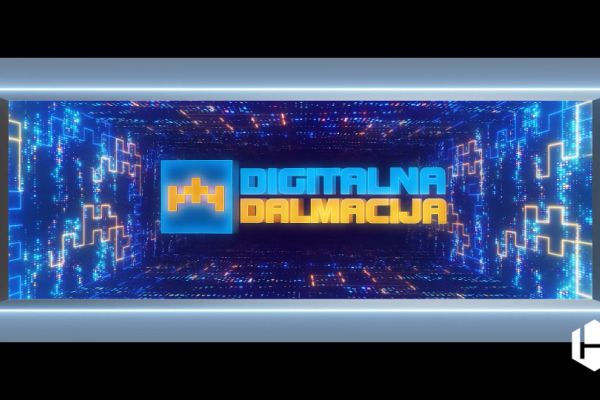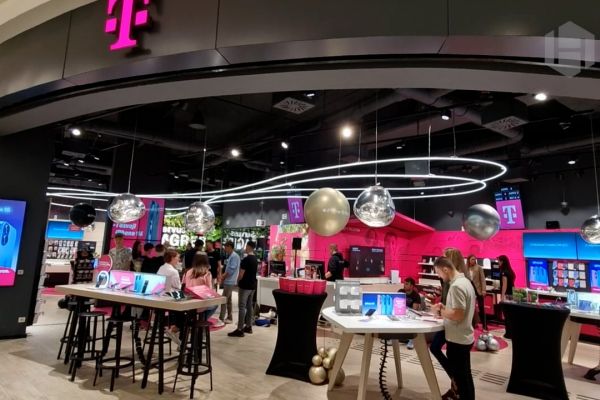In the dynamic environments of hotel and office lobbies, digital signage emerges as a powerful tool for communication, engagement, and efficiency. Here are several key benefits of leveraging digital signage in these spaces:
Enhanced Visual Communication: Digital signage offers a dynamic platform for conveying information, messages, and announcements in a visually compelling manner. Whether it's displaying event schedules, welcome messages, or promotional offers, digital screens capture attention and deliver messages effectively. Compared to traditional static signage, digital displays allow for greater flexibility in content management and can be updated in real-time to reflect changing needs and priorities.
Improved Wayfinding and Navigation: Navigating large hotel or office complexes can be daunting for guests and visitors. Digital signage can serve as interactive wayfinding tools, providing maps, directions, and points of interest to help people find their way around with ease. By integrating location-based services and dynamic routing, digital signage enhances the overall visitor experience, reducing confusion and enhancing satisfaction.
Increased Brand Visibility and Engagement: Digital signage serves as a powerful branding tool, allowing hotels and offices to showcase their brand identity, values, and offerings in a visually captivating manner. Whether it's displaying corporate videos, customer testimonials, or social media feeds, digital screens help reinforce brand presence and foster emotional connections with guests and employees. Interactive elements such as touchscreens or QR codes can further engage audiences and encourage interaction with branded content.
Flexible Content Display: Unlike traditional static signage, digital displays offer unparalleled flexibility in content presentation. Hotels and offices can showcase a diverse range of content formats, including videos, images, animations, and live data feeds. This versatility enables them to tailor messages to specific audiences, events, or seasons, ensuring relevance and resonance with viewers. Additionally, scheduling software allows for automated content rotation, ensuring that information is always up-to-date and aligned with current priorities.
Streamlined Operations and Cost Savings: Digital signage streamlines communication processes and reduces reliance on printed materials, leading to cost savings and operational efficiencies. Instead of printing and distributing paper-based signage, hotels and offices can centrally manage content across multiple screens from a single interface. This not only reduces printing costs and environmental impact but also minimizes the time and effort required for manual updates and maintenance.
Data-Driven Insights and Analytics: Digital signage platforms often come equipped with built-in analytics capabilities, allowing hotels and offices to track audience engagement, content performance, and viewer demographics in real-time. By analyzing these insights, businesses can gain valuable feedback on the effectiveness of their messaging strategies and make data-driven decisions to optimize content delivery and audience targeting. This data-driven approach empowers hotels and offices to continuously refine their digital signage strategies and maximize ROI.
In conclusion, digital signage offers numerous advantages for hotels and offices, ranging from enhanced visual communication and improved wayfinding to increased brand visibility and operational efficiency. By harnessing the power of digital signage, businesses can create immersive experiences, engage audiences effectively, and elevate their brand presence in today's competitive landscape.










